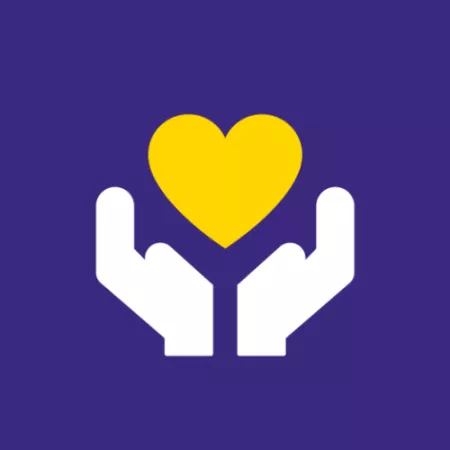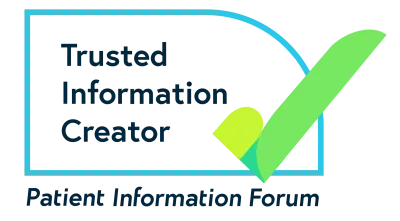Use this section to learn about epileptic seizures. Find out what a seizure is, how to recognise different types of epileptic seizure, what to do if someone having a seizure, and about seizure triggers.
Key points
- An epileptic seizure happens when there is a sudden electrical discharge in the brain.
- There are many different types of seizures. The type of seizure you have depends on where in the brain the sudden electrical discharge happened.
- Generalised seizures affect both sides of the brain from the start.
- Focal seizures start in one part of the brain. But sometimes a focal seizure can start in one part and then spread to other parts of the brain. Doctors might describe this as focal that progresses to generalised seizures or focal to bilateral seizures.
- Seizure triggers are certain situations that can make a seizure more likely to happen, such as missing anti-seizure medication and not getting enough sleep. Being aware of your triggers could help you to have fewer seizures.
- If a seizure lasts for five minutes or more, it is known as status epilepticus, which is a medical emergency.
- There are non-epileptic seizures and episodes that may look like epileptic seizures, such as febrile and functional seizures.
- Seeing someone have a seizure for the first time can be scary. Knowing what to do can help you stay calm and help keep them safe.




